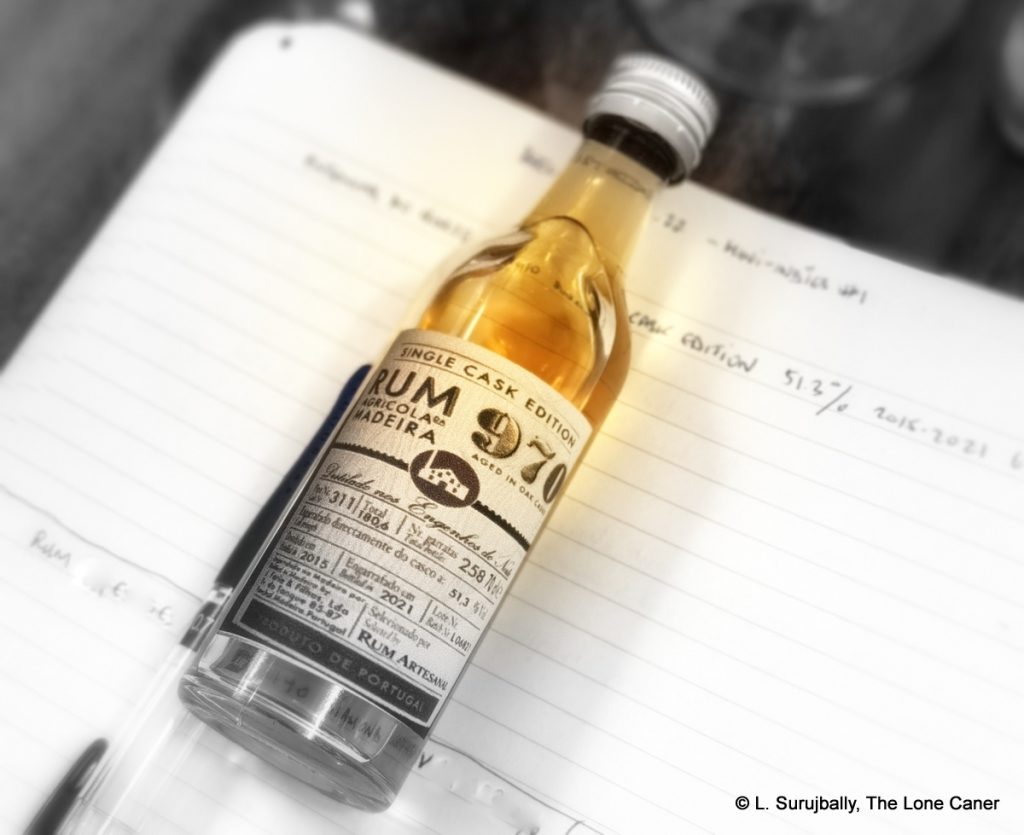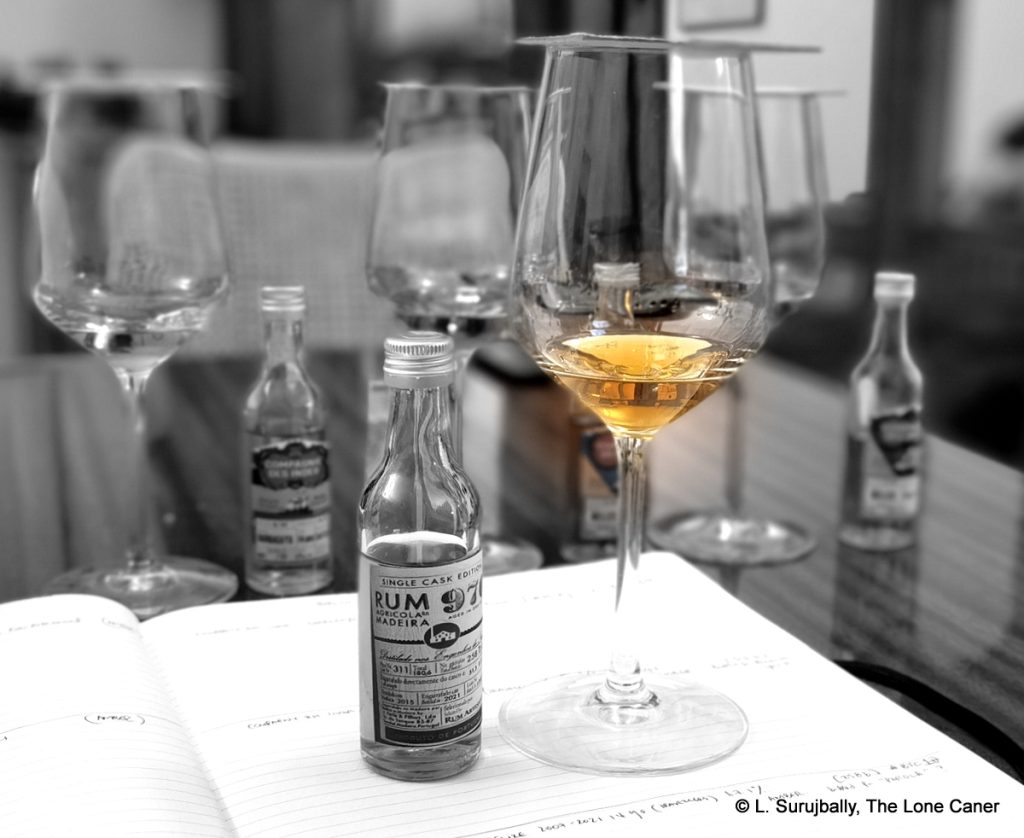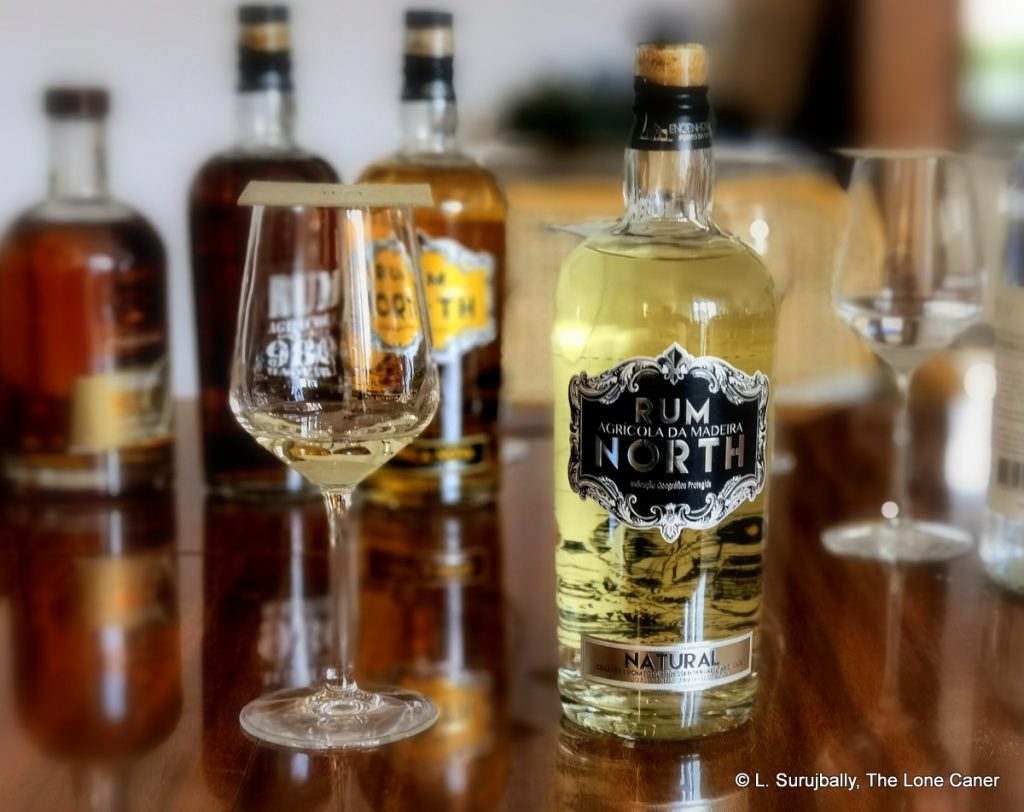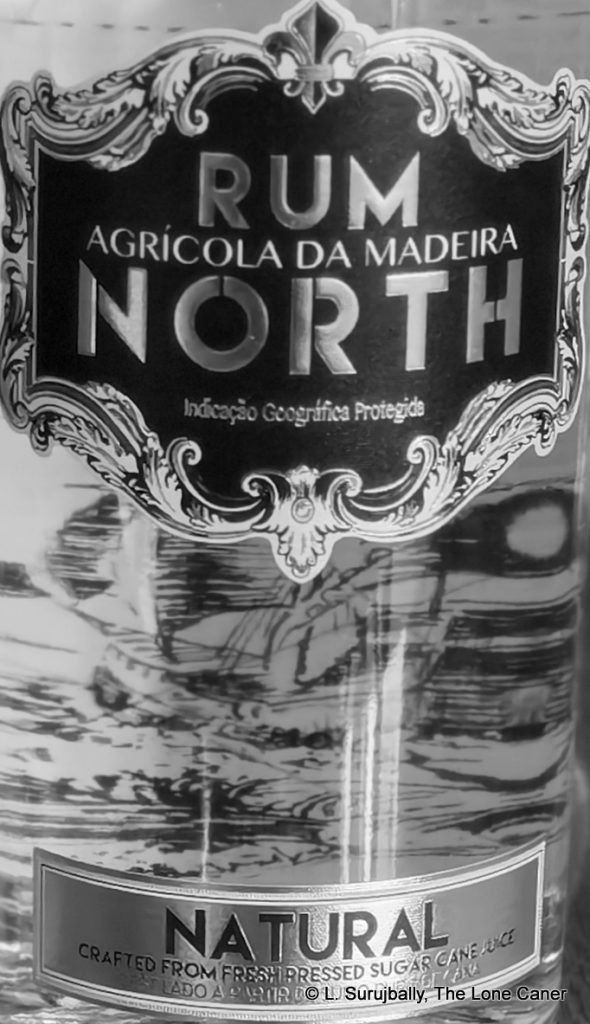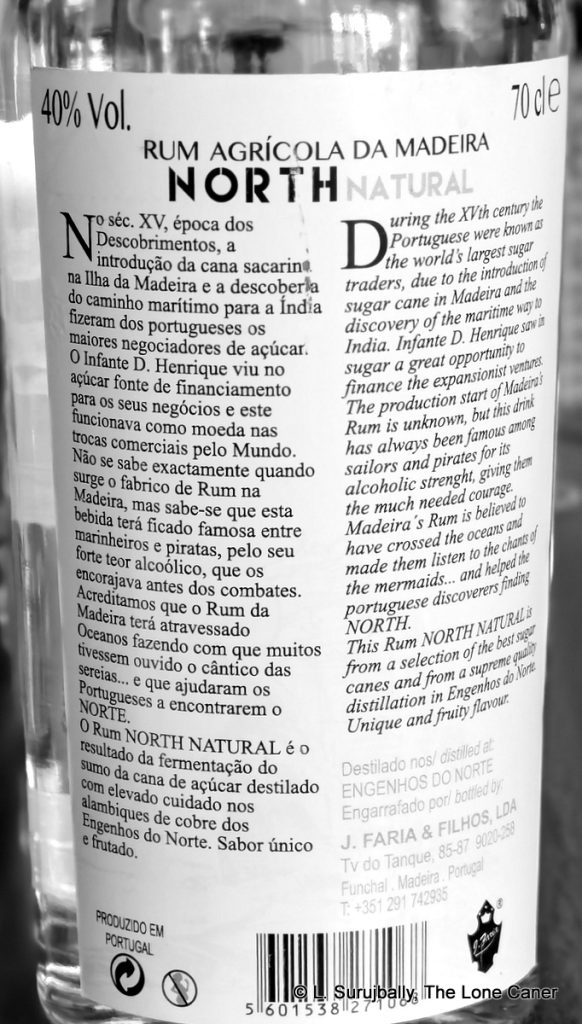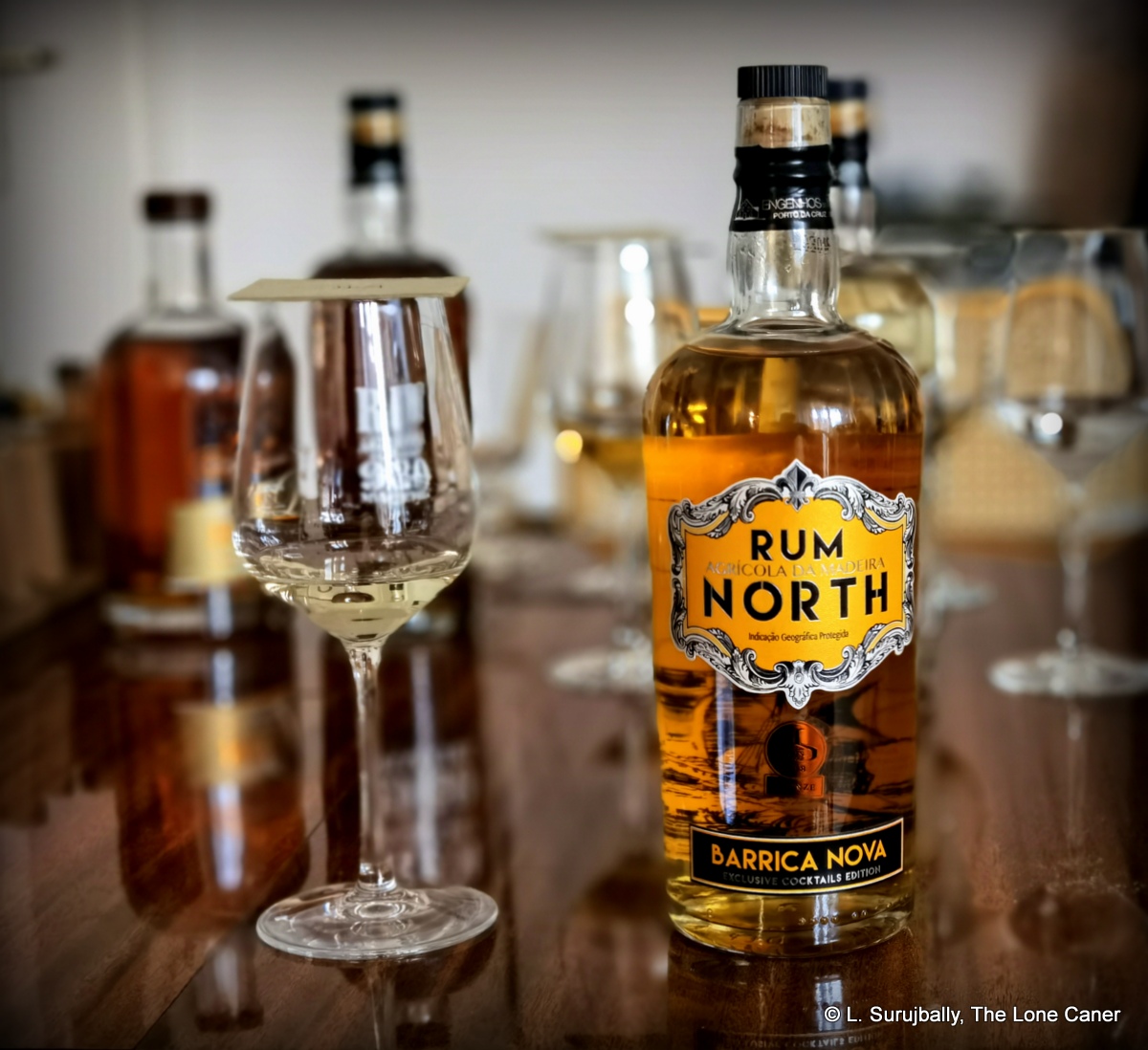In the previous review I remarked that the slightly aged añejo from the relatively new San Juan Artisan Distillers in Puerto Rico, did not impress me very much. This was in spite of the fact that on paper they looked like they had all the plant, equipment, and resources they needed to make something better. A fair number of online comments supported this view: most thought it was a barrel thing, although I did get one remark that resonated, stating (paraphrased) that it’s not a good idea to assume that the physical pieces alone are what make the product great or stand above the hoi polloi. That aside, I closed with the observation that with what they had under the hood and bringing to the table, it was unlikely they could stay in the kiddie pool for long.
This white rum, bottled at the same strength, proves that point nicely and demonstrates yet again – as if it needed to be – that unaged white rum really is in a class by itself and should never be shrugged off just because it looks the same as the filtered white bar staple that gives the “category” a bad name. The production stats aren’t significantly different from the añejo: it’s cane juice derived, fermented for a few days (as best as I can ascertain – this is subject to verification) then double distilled in the charentais pot stills. No ageing.
From that almost stereotypical agricole-style beginning comes a very nice rum indeed, with a pungent, salty, sweaty, earthy, loamy nose. It smells of grit and damp potter’s soil, and behind that lurks a sort of vague funky aspect that suggests a low-end congener count, like, oh the LFCH or OWH from Hampden, or WPL from Worthy Park. Some nice fruity notes attend, like tangerines, strawberries, bubble gum, mint…that kind of thing. But it’s very low key and in no way aggressive – the 43% ABV it pulls in with mitigates against any kind of harsh or stinging profile.
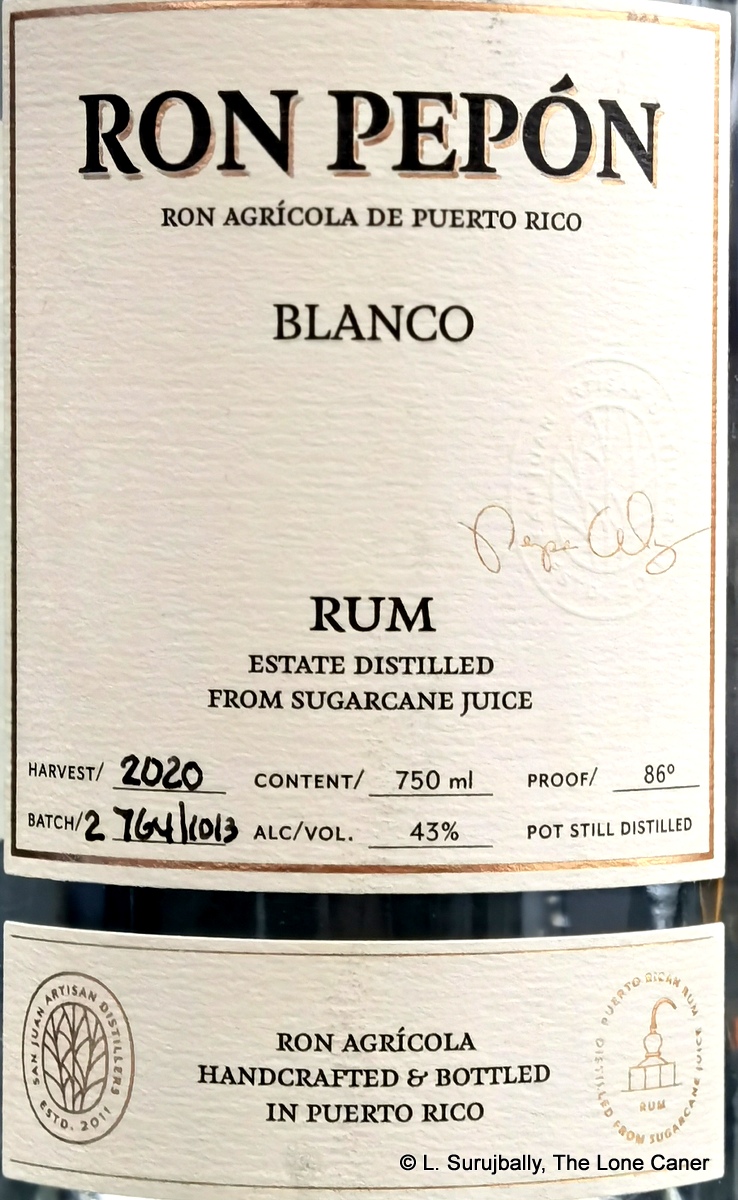 The palate corrects some of that is missing when you smell it, most particularly the grassy and herbal notes the nose didn’t seem to want to fork out. The taste provides a sweet, firm, green and grassy profile, with a touch of tart unripe pears and soursop, some yoghurt and even a little aggressive (in a good way). In my mind I genuinely see some rums with colours when tasted – this one would be white and green (channelling Slytherin or something, who knows?), and can be summarised by saying it’s like an addled 7-up with some added mojo. The finish is short but quite solid and fruity, with brine and olive oil and I swear there was a pimento lurking behind there someplace, sensed but never actually confirmed.
The palate corrects some of that is missing when you smell it, most particularly the grassy and herbal notes the nose didn’t seem to want to fork out. The taste provides a sweet, firm, green and grassy profile, with a touch of tart unripe pears and soursop, some yoghurt and even a little aggressive (in a good way). In my mind I genuinely see some rums with colours when tasted – this one would be white and green (channelling Slytherin or something, who knows?), and can be summarised by saying it’s like an addled 7-up with some added mojo. The finish is short but quite solid and fruity, with brine and olive oil and I swear there was a pimento lurking behind there someplace, sensed but never actually confirmed.
Altogether, then, a really solid white rum of the kind I prefer. It must be mentioned that drinking the anejo and the blanco side by side is a useful exercise and it shows how treatment and ageing – transformation, if you will – doesn’t always make for a better rum (I know, I know, this from a guy who loves rums aged four decades and over). It also demonstrates how white and unaged rums without the filtration and bleaching that so infantilizes Bacardi and Lambs and their ilk have no analogue in the whisky world, but are almost unique to rums, and should be given more serious attention.
This blanco is one of the better whites out there, and redeems my initial opinion of the distillery, which I originally felt was channelling just another Latin style rum with the twist of being from cane juice but without any of the flair. The blanco, however, is pretty damned fine: it has taste, it has aromas, it has character, and I kid you not when I say that it was one of the best things on the table the day I had it. Hopefully the distillery makes more like it, and stronger.
(#1063)(85/100) ⭐⭐⭐½
Other notes
- Once again, my deep appreciation to Jazz and Indy Anand of Skylark in London. Hanging out at their place to talk and check out rums is always a high point of any trip I make to the UK.
- A brief company bio can be found below the añejo review.

